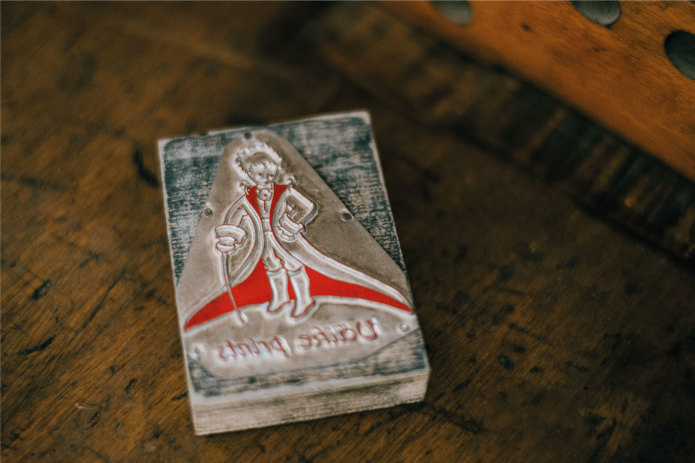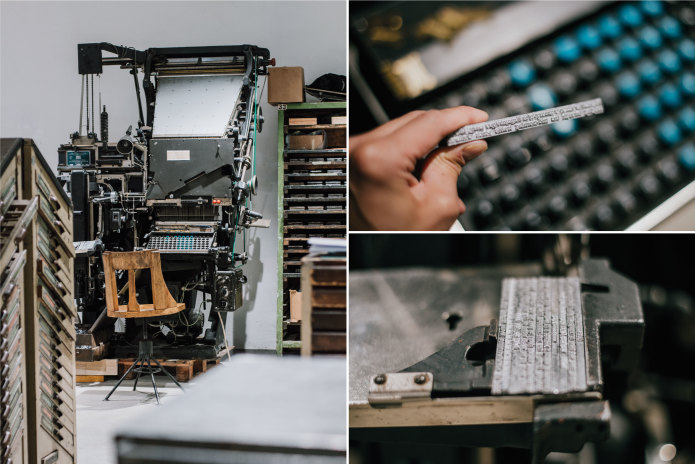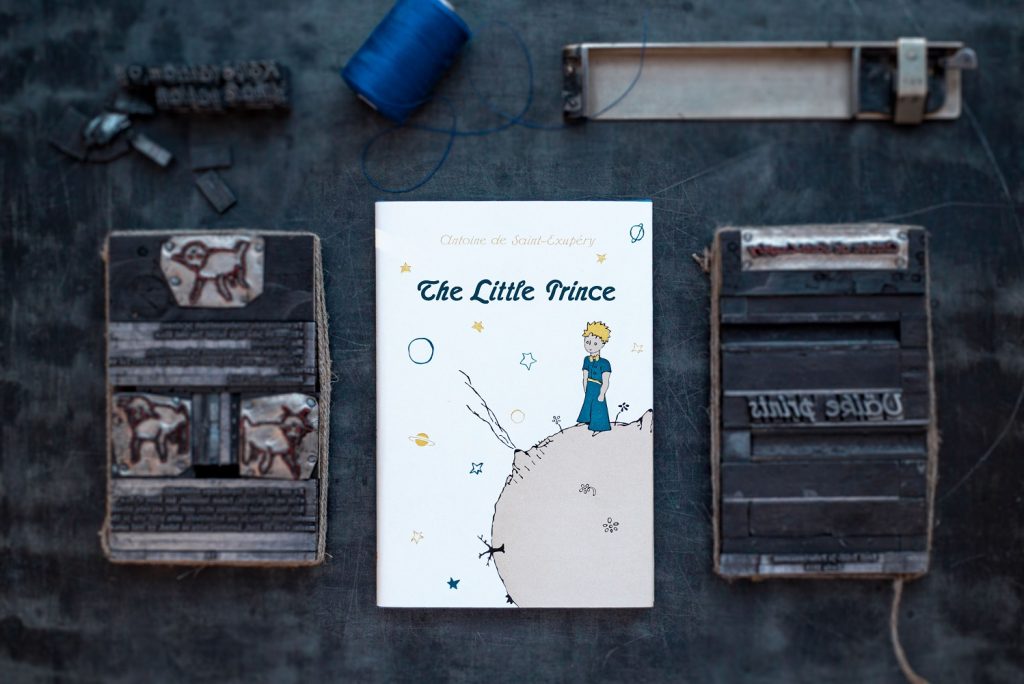Publishing a limited letterpress edition of “The Little Prince” allows the Print and Paper Museum in Tartu to better preserve historic skills.
The Print and Paper Museum, based in the second largest town in Estonia, Tartu, is unique in the entire Baltic region. It collects printing equipment from the last hundred years and collaborates with schools to offer workshops and courses based on the collection.
What clearly differentiates them from most Estonian museums is their status as a working museum. It uses historic letterpress machines not only to demonstrate the printing process, but to create various works. This time around it has undertaken a limited edition of “The Little Prince” by Antoine de Saint-Exupéry.

Gutenberg’s technology
Letterpress technology dates to the invention of the printing press by Johannes Gutenberg in the 15th century. The book pages are formed by assembling individual letters of special metal alloy one by one to form the text. Later technologies allowed for entire lines to be cast from molten lead. Working with poisonous metals could take a toll on the workers’ health as they spent months preparing the pages to be printed. Regardless, this cumbersome process was dominant until the age of computers but is now almost extinct.
The museum will use some equipment from the last century to re-live the entire process of publishing a book using the letterpress method. “Our philosophy as a working museum is that it is our obligation to preserve the skills, know-how and the values associated with this technology that predates automation,” Lemmit Kaplinski, the museum’s director, told Estonian World. “To us, there is only one way to do that – to use the equipment for the original intended purpose. That is to print books.”

The story of “The Little Prince”, voted the best book of the 20th century in France, was chosen for various reasons. On the one hand, the book is of suitable size to be prepared and assembled essentially by hand. On the other, the allegorical story also resonates with the museum’s staff. To them, collecting and caring for an outdated technology is in many ways “seeing with your heart”, which the story’s prince himself advocates.
Looking for backers
Partly, the English project is based on the success of the Estonian version published earlier. Producing 250 numbered copies took the museum staff a year and a half. They expect to be able to work significantly faster this time and present the publication in early 2020. The optimism about deadlines stems from experience acquired from all the mishaps during the printing of the Estonian edition.
The Print and Paper Museum is a private initiative and the publication is looking for backers on the Indiegogo platform. For others, the museum is open for visiting and allows every guest to get some hands-on practice in papermaking and printing.
“The Little Prince” (“Le Petit Prince” in French) is the most famous work of the French writer, poet, and pioneering aviator, Antoine de Saint-Exupéry, first published in April 1943. The novella has been translated into 300 languages and dialects, selling nearly two million copies annually, and with year-to-date sales of over 140 million copies worldwide, it has become one of the best-selling and most translated books ever published.
Photo by Mana Kaasik.

